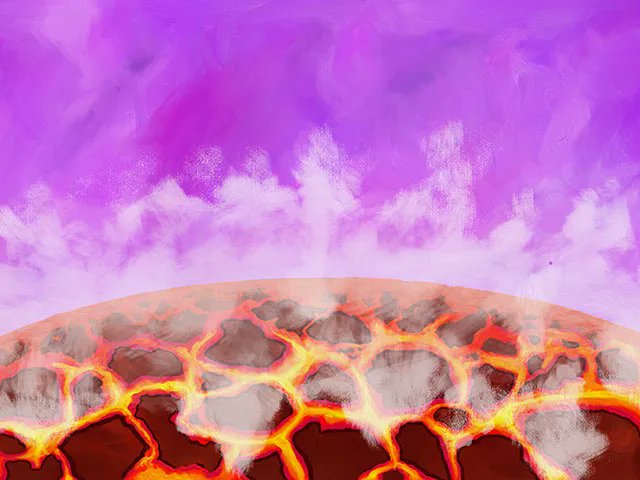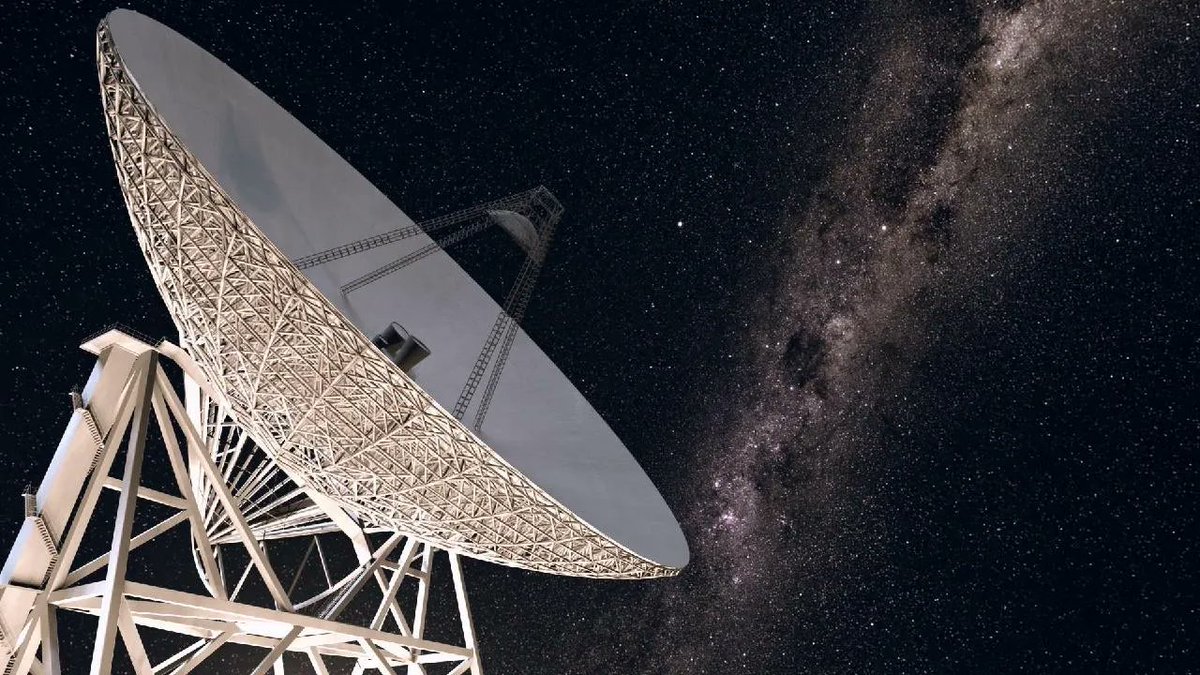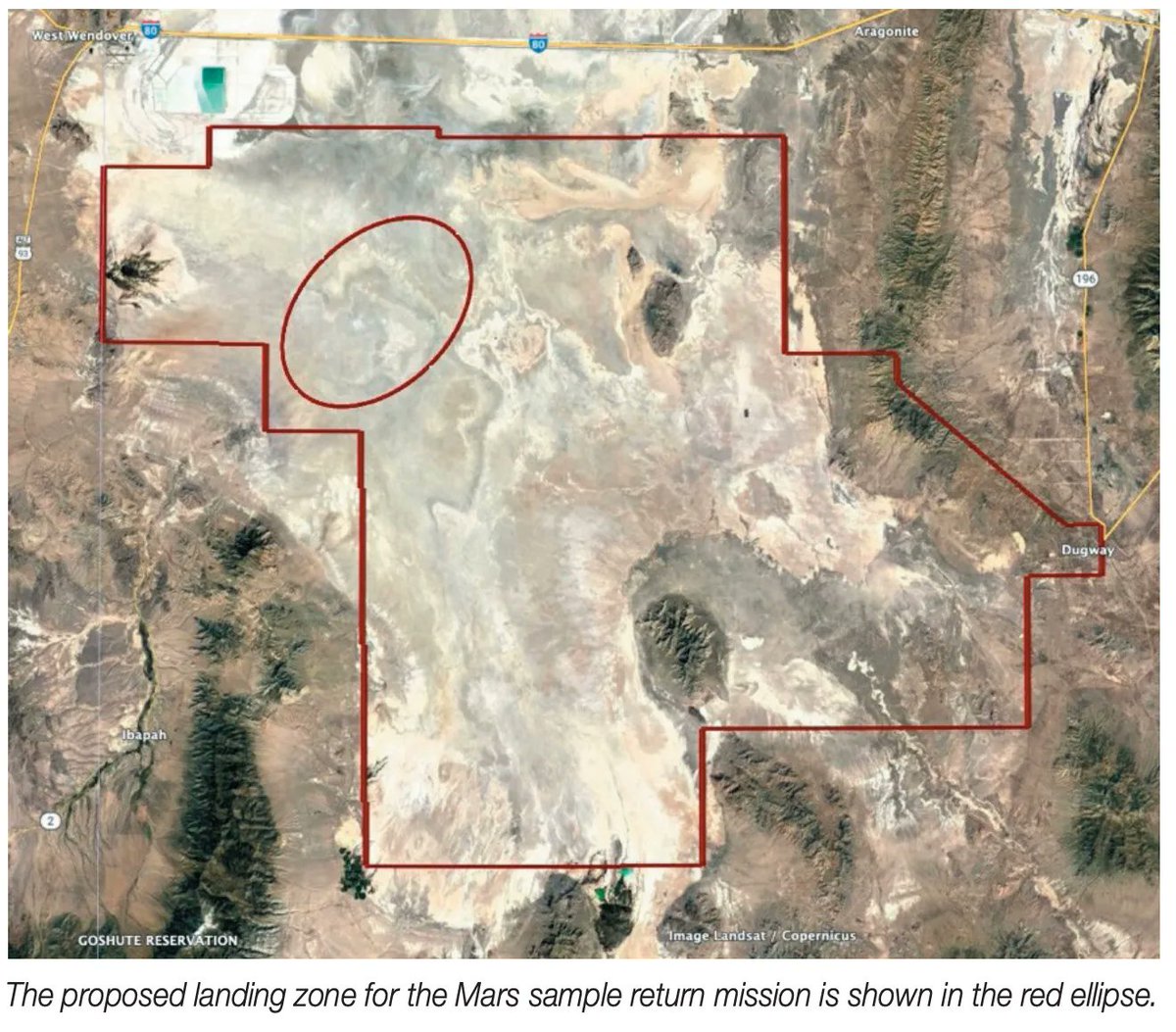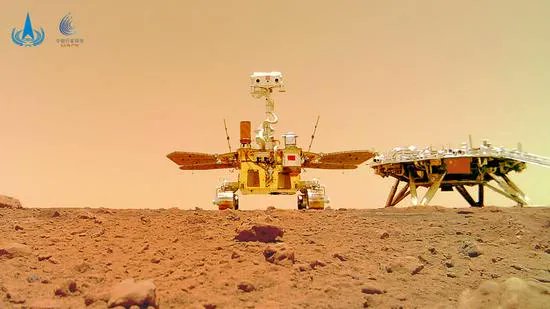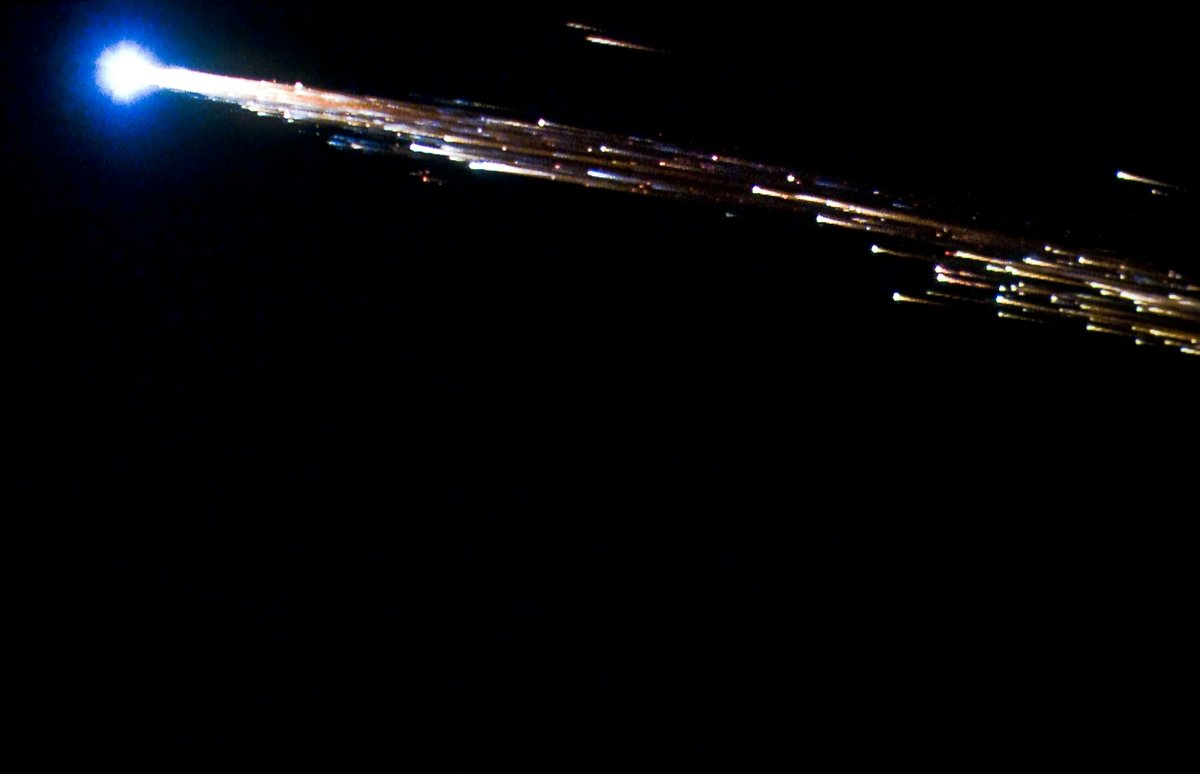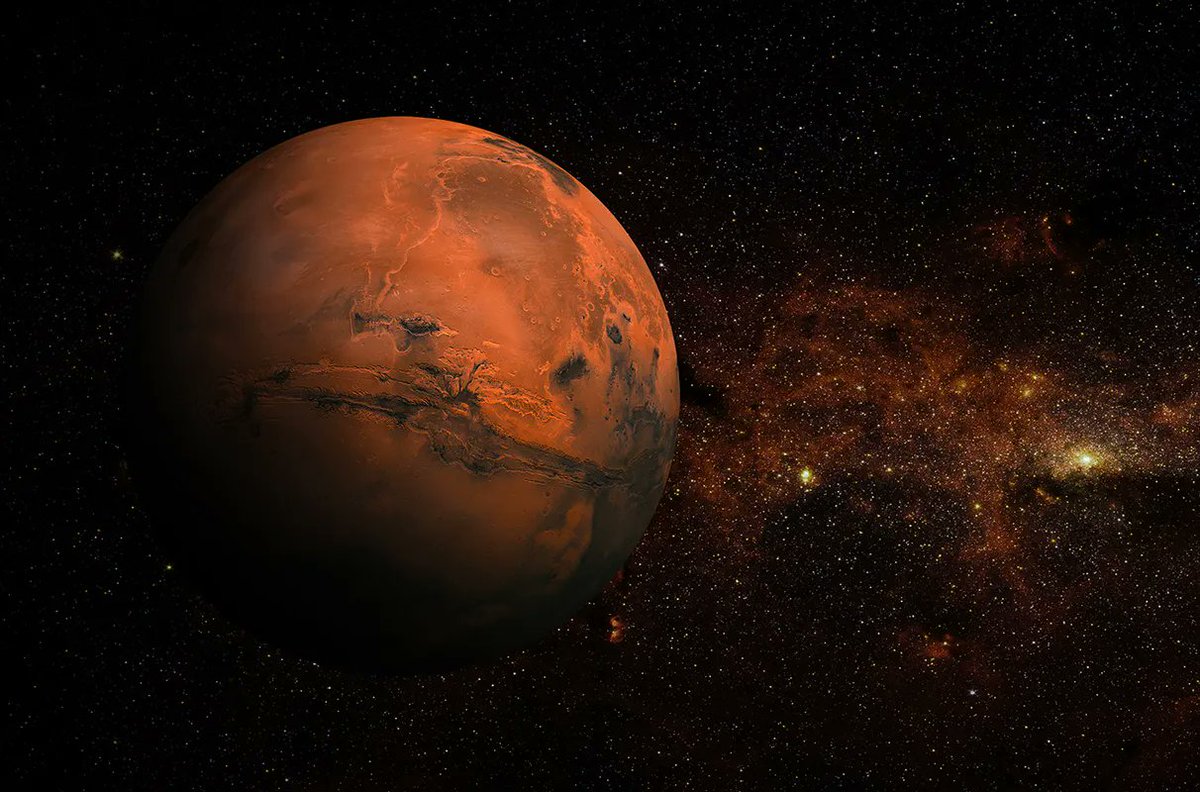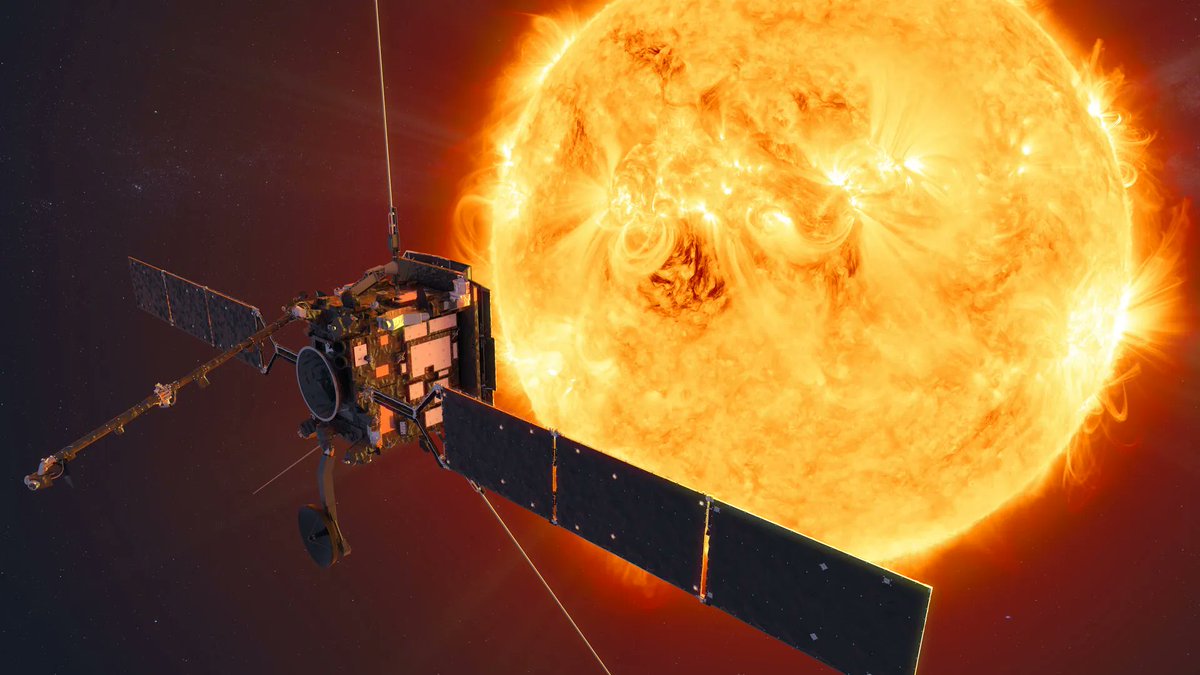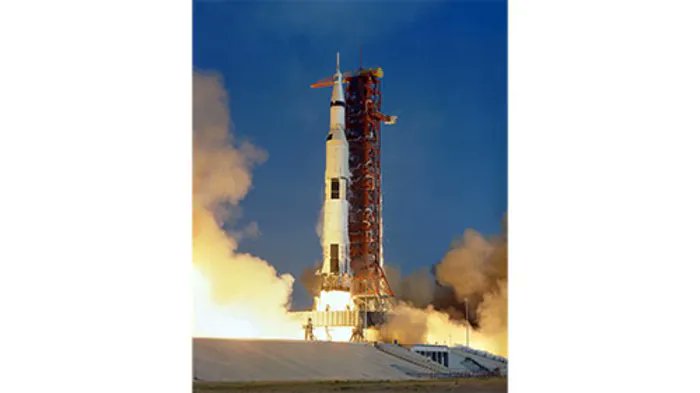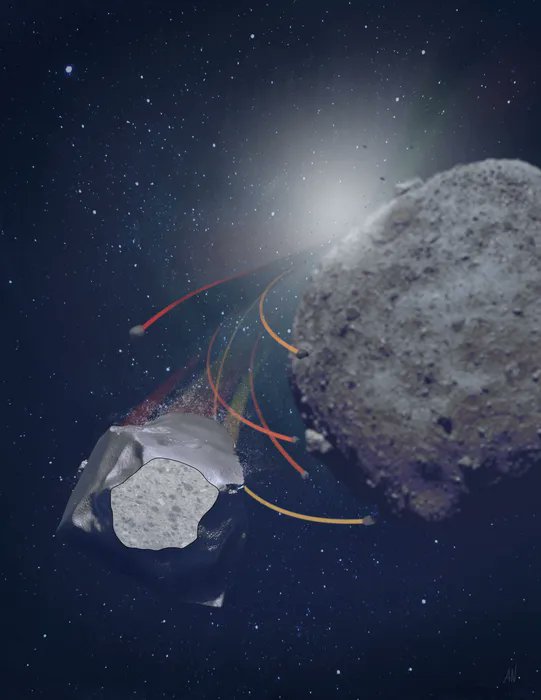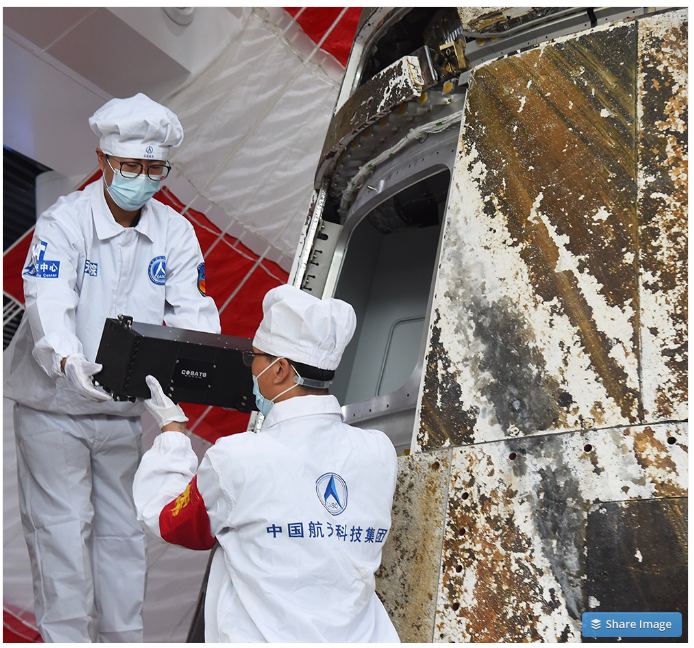“Go then, there are other worlds than these.” Or so Stephen King said in his famous Dark Tower series. As of yet, none of those worlds are known to be like Earth. But, according to some new simulations by researchers at the National Astronomical Observatory of Japan (NAOJ), finding a genuinely Earth-like world might be in the cards by the decade’s end.
Continue reading “Earthlike Worlds With Oceans and Continents Could be Orbiting red Dwarfs, Detectable by James Webb”Construction Begins on the World’s Largest Steerable Radio Telescope
Radio astronomy has been in flux lately. With the permanent loss of the Arecibo telescope in Puerto Rico, a new global power has taken center stage in humanity’s search for radio signals – China. Recently the Chinese announced the start of work on a new milestone telescope, which will eventually make it the biggest moveable one in the world.
Continue reading “Construction Begins on the World’s Largest Steerable Radio Telescope”How Does NASA Plan to Keep Samples From Mars Safe From Contamination (and Contaminating) Earth?
NASA’s Mars Sample Return Mission is inching closer and closer. The overall mission architecture just hit a new milestone when Perseverance collected the first sample that will be sent back. But what happens once that sample actually gets here? NASA and its partner, ESA, are still working on that, but recently they released a fact sheet that covers what will happen during the first stage of that process – returning to the ground.
Continue reading “How Does NASA Plan to Keep Samples From Mars Safe From Contamination (and Contaminating) Earth?”China’s Zhurong Rover Looks Deep Underground and Sees Layers From Multiple Floods on Mars
Mars exploration has been ongoing for decades at this point, and some regions of the planet have become more interesting than others. Of particular interest is a basin known as Utopia Planitia. It was the site of the Viking-2 landing, one of the first-ever successful missions to Mars. From data collected during that mission, scientists developed a theory that the crater that formed Utopia might have been the site of an ancient ocean. New results from China’s Zhurong rover point to an even more exciting past – repeated flooding.
Continue reading “China’s Zhurong Rover Looks Deep Underground and Sees Layers From Multiple Floods on Mars”Companies Will Have Five Years to Dispose of Their Dead Satellites
Kessler syndrome seems to be a growing fear for those interested in space exploration. The condition where numerous non-functional pieces of junk block access to orbit appears to be inching closer to reality, spurred on by weekly news reports of dozens of more satellites launching that will eventually become precisely that kind of obsolete space junk. But that won’t happen if the US’s Federal Communications Commission (FCC) has anything to do with it – a new rule the commission adopted will require companies to deorbit their unused satellites in less than five years after decommissioning.
Continue reading “Companies Will Have Five Years to Dispose of Their Dead Satellites”Mars Rocks Have the Right raw Ingredients to 3D Print Everything From Tools to Rocket Parts
3D printing will be an absolutely critical technology as space exploration starts to take off. Initially, it will be impossible to individually manufacture every tool needed to create and sustain infrastructure in space. The only option will be to build some of those tools in space itself, in no small part, because it could potentially take months or even years to get to any area where the tools are manufactured. So any tool that can be created in situ is the best option available for early space explorers. Using materials like Martian regolith to 3D print those tools has long been an area of ongoing research. Now a team from Washington State University has successfully printed some tools using simulated Martian regolith, and they seem to work – up to a point.
Continue reading “Mars Rocks Have the Right raw Ingredients to 3D Print Everything From Tools to Rocket Parts”Solar Orbiter was hit by a Coronal Mass Ejection as it was About to Make a Flyby of Venus
Massive solar storms on the Sun are becoming more common as it moves into a period of increasing solar activity as part of Solar Cycle 25, which is expected to peak in 2025. There’s one spacecraft that will be very well placed to capture that increasing activity. Solar Orbiter is currently 25% of the way through its ten-year mission of observing the Sun. By 2025 it will be closer than ever to our parent star, and it has already started observing some fantastic phenomena from our Sun.
Continue reading “Solar Orbiter was hit by a Coronal Mass Ejection as it was About to Make a Flyby of Venus”The Saturn V was Incomprehensibly Loud. Like Thousands of jet Aircraft Taking off Together
What’s the loudest sound you’ve ever heard? Many people will say an aircraft engine unless they are lucky enough to have attended a rocket launch. And if there was one rocket that was louder than them all, it was the Saturn V, the behemoth that blasted the Apollo astronauts to the moon. But just how loud was it?
Continue reading “The Saturn V was Incomprehensibly Loud. Like Thousands of jet Aircraft Taking off Together”Asteroids are Constantly Spitting out Pebbles
Asteroids are commonly thought of as solid balls of rock and metal – a place where Bruce Willis can land and stick a nuke into the middle of it. But as we learn more about them, it is becoming more evident that many asteroids are just piles of rubble held loosely together by gravity. So it might not be too big of a surprise when some of those pieces of rubble fly off of the asteroid itself. But it surprised scientists who first observed the phenomena on the asteroid Bennu when OSIRIS-REx visited it in 2019. Now a team led by researchers at the field museum found a meteorite that shows signs it underwent the same process.
Continue reading “Asteroids are Constantly Spitting out Pebbles”Chinese Astronauts Successfully Grow Rice in Space
Rice is one of the world’s staple crops. It is regularly eaten by more than half the world’s population. And now, it’s been grown in microgravity, on board the newly launched Chinese Wentian space laboratory.
Wentian launched in July and joined up with the Tianhe module of China’s new space station. Its original complement of eight experiments included one that attempted to grow rice in microgravity.
Continue reading “Chinese Astronauts Successfully Grow Rice in Space”
